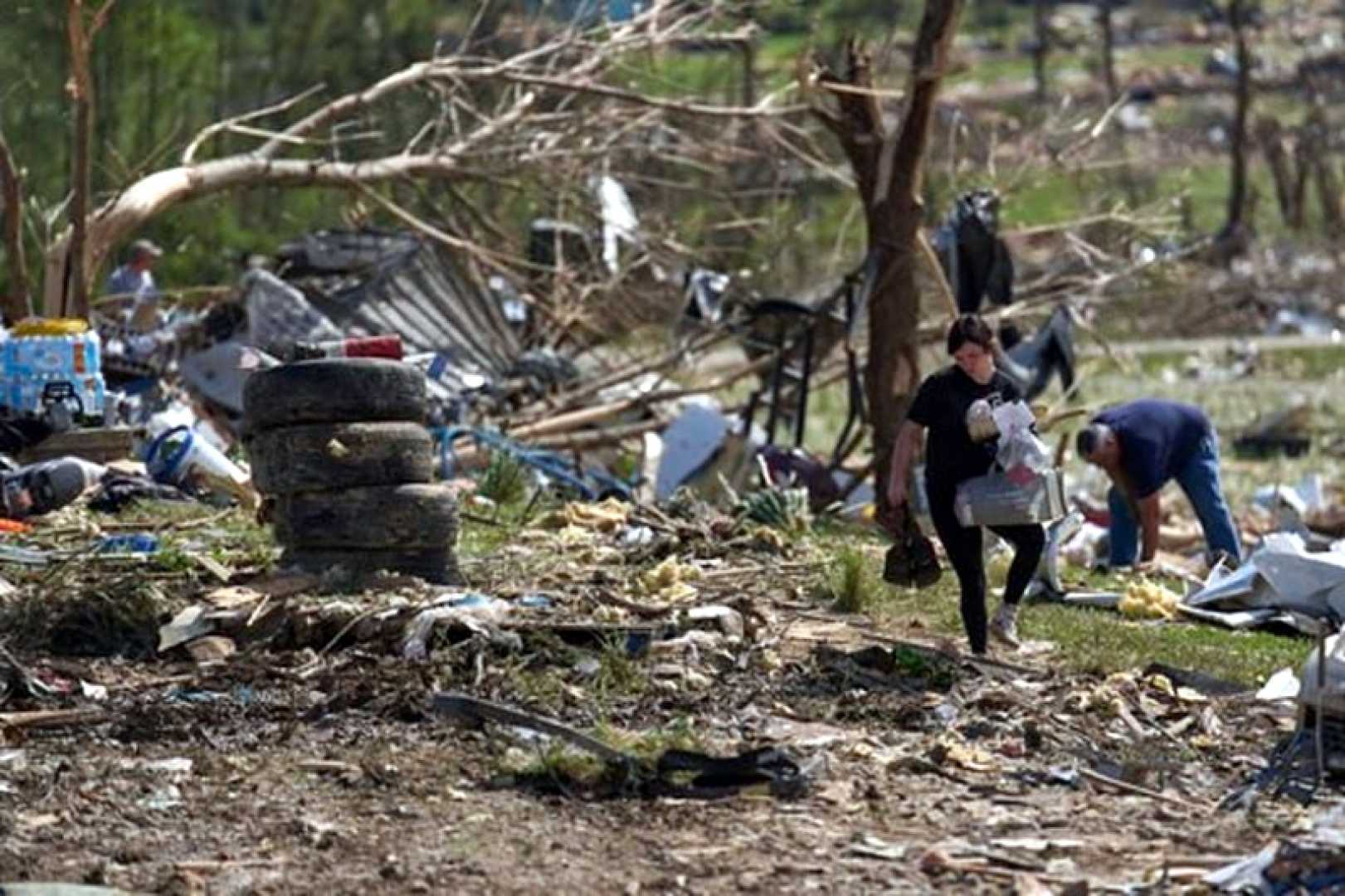News
Tornadoes Claim 42 Lives Across Missouri, Kentucky, and Virginia This Weekend

JEFFERSON CITY, Mo. — A devastating series of tornadoes swept through parts of Missouri, Kentucky, and Virginia over the weekend, resulting in at least 42 confirmed deaths.
Unlike hurricanes, tornadoes form rapidly and are challenging to predict, leaving little time for residents and emergency responders to prepare. This unpredictability underscores the critical role of the National Oceanic and Atmospheric Administration (NOAA) and the National Weather Service (NWS) in monitoring and disseminating weather alerts.
NOAA and NWS scientists analyze meteorological data to provide timely warnings about severe weather events, such as tornadoes. The system classifies alerts into watches and warnings: a tornado watch indicates potential risk, while a tornado warning signifies that a tornado has been spotted or indicated on radar.
“When it comes to tornadoes, knowing the difference can save lives,” said Meteorologist Tom Smith. “A watch means to prepare. A warning means to take action immediately.”
However, recent staffing shortages within these agencies, exacerbated by budget cuts, raise concerns about their ability to issue timely warnings. Approximately 40 percent of NWS’s local forecasting offices have reported staffing deficits, with over 10 percent of the workforce recently departing. Some meteorologists fear this decline affects the efficacy of tornado alerts.
“I didn’t see any evidence that staffing impacted our response here,” Kentucky Governor Andy Beshear stated following the storms. “But the broader issues of capacity and resources need to be addressed to ensure that we can react quickly in future emergencies.”
The innovations in warning systems, including mobile apps and real-time data sharing, are crucial for alerting residents about dangerous weather. During recent wildfires in Los Angeles, real-time information helped the public gauge their risk and react promptly.
According to the National Severe Storms Laboratory, better communication about what to expect from alerts is vital. Research continues to focus on improving public response during tornado warnings.
As the nation navigates the hurricane season beginning June 1, experts are calling for enhanced preparedness to protect communities from future tornado threats.












